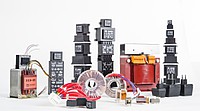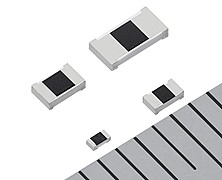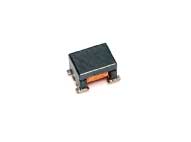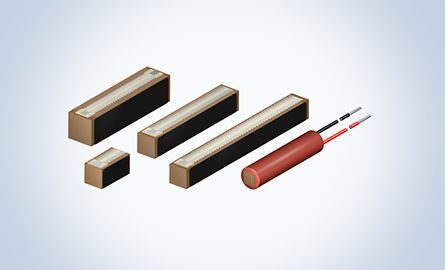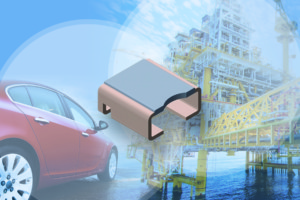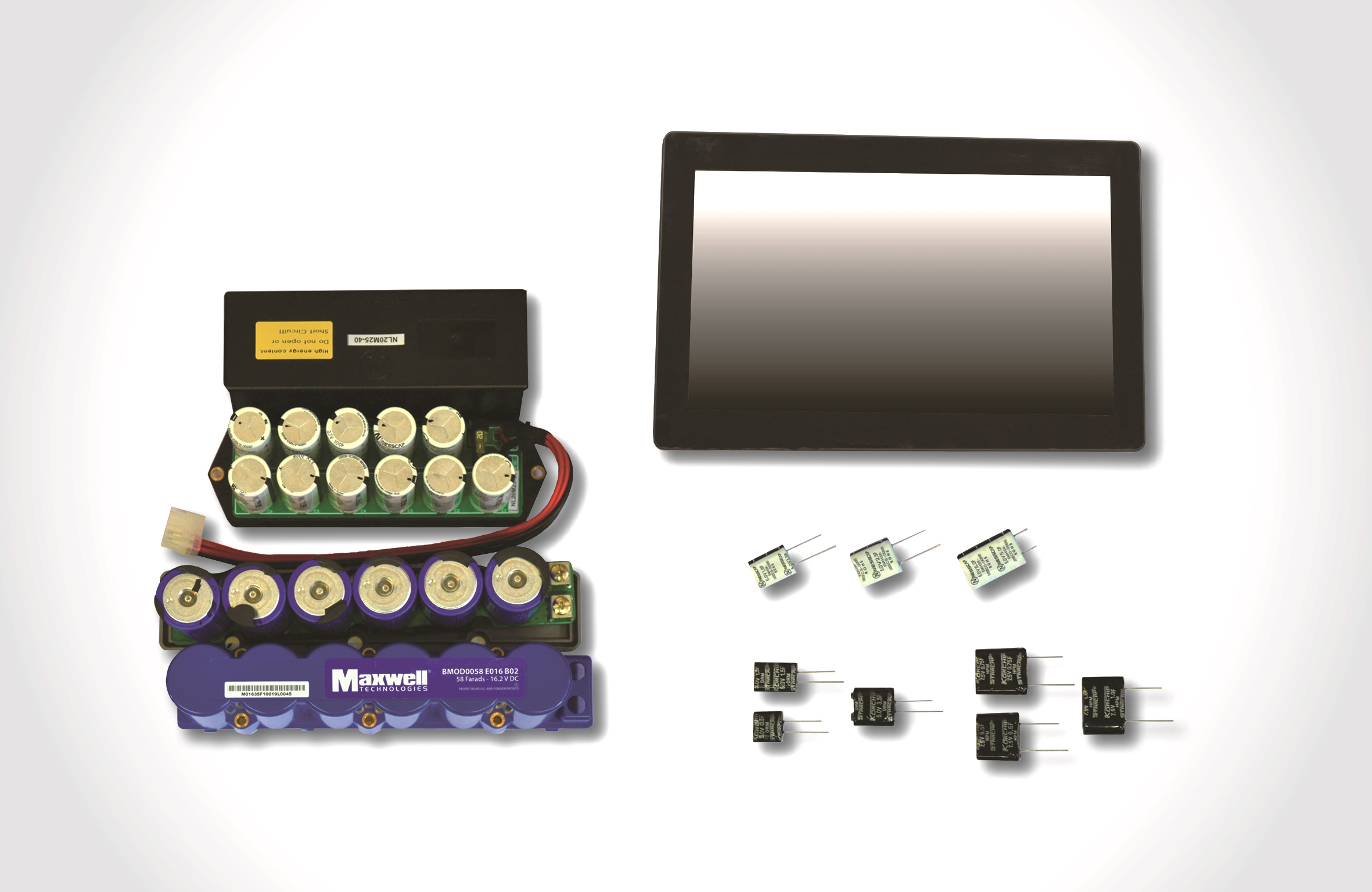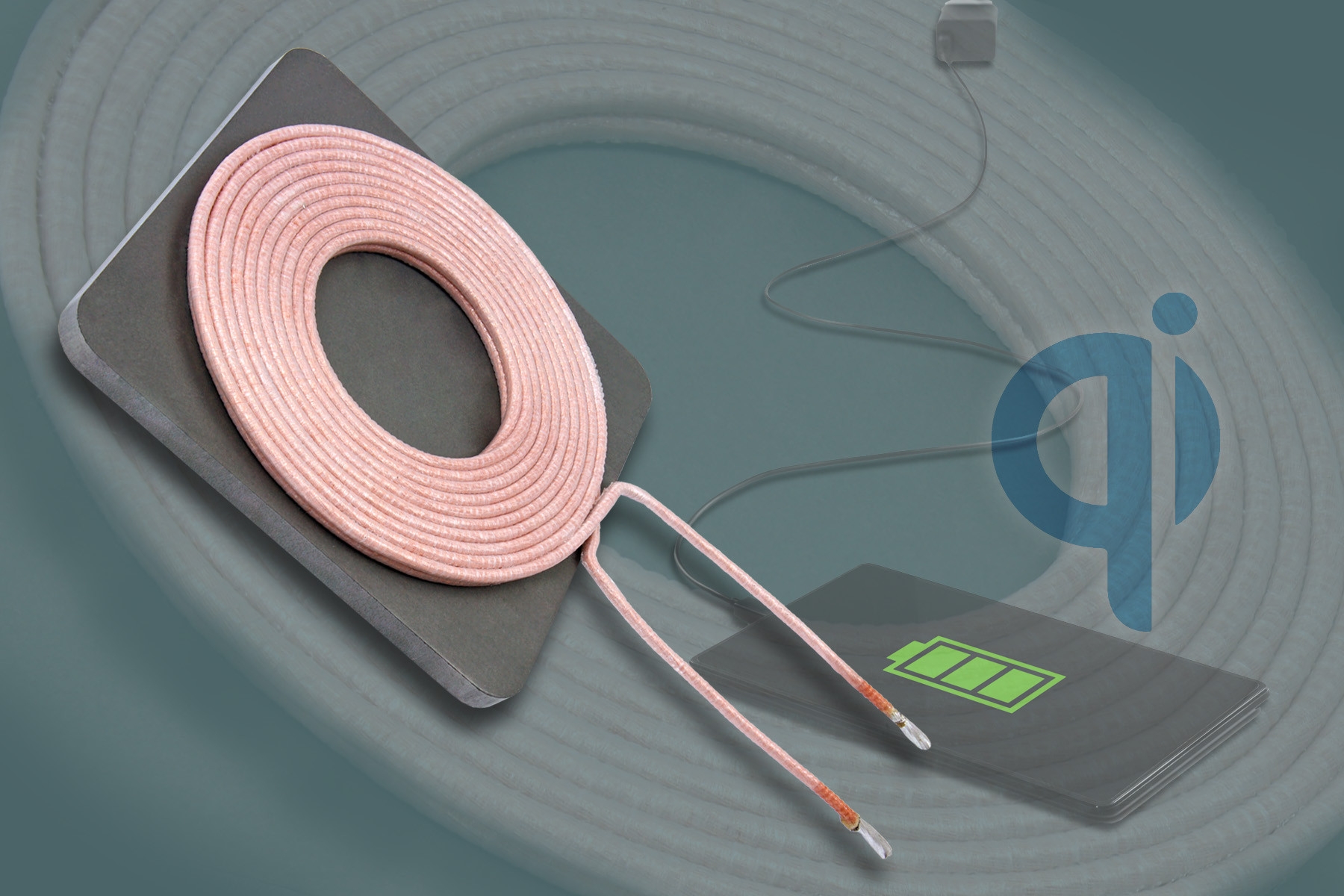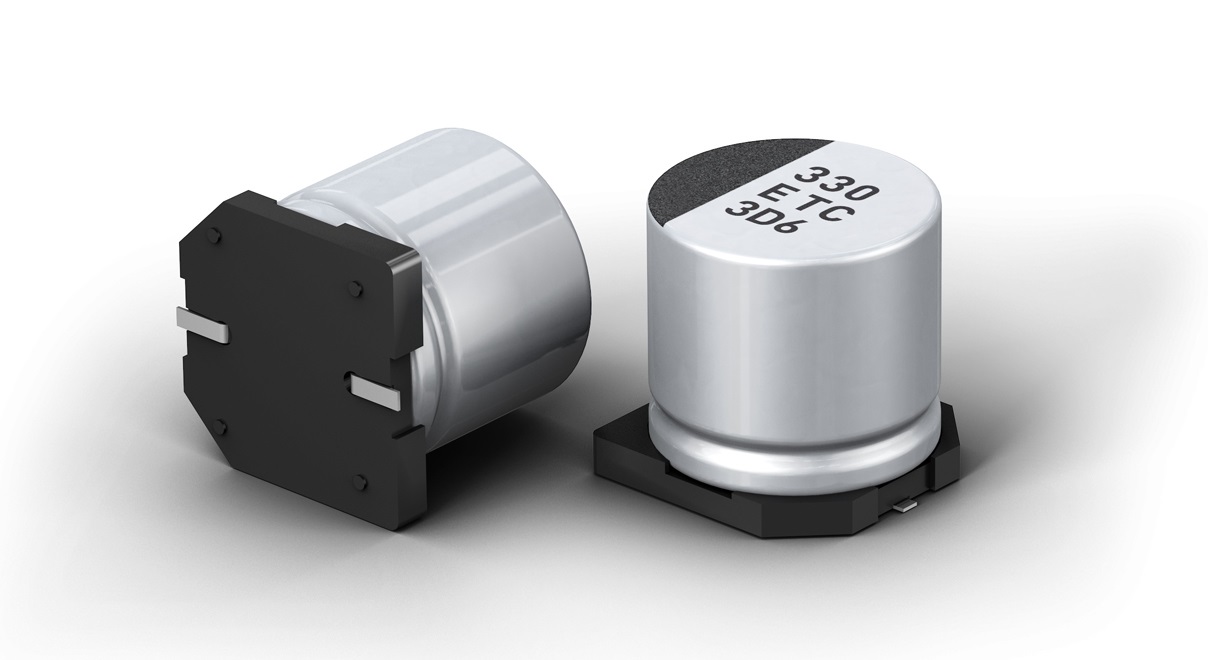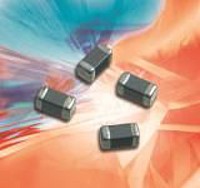50Hz Transformers
Productgroup transformers consisting of the following: PCB Transformers and Torodial-Transformers with laminated steel cores.
A transformer is a device that transfers electrical energy from one circuit to another through inductively coupled conductors—the transformer’s coils. A varying current in the first or primary winding creates a varying magnetic flux in the transformer’s core and thus a varying magnetic field through the secondary winding. This varying magnetic field induces a varying electromotive force (EMF), or “voltage”, in the secondary winding. This effect is called inductive coupling.
If a load is connected to the secondary, current will flow in the secondary winding, and electrical energy will be transferred from the primary circuit through the transformer to the load. In an ideal transformer, the induced voltage in the secondary winding (Vs) is in proportion to the primary voltage (Vp) and is given by the ratio of the number of turns in the secondary (Ns) to the number of turns in the primary (Np).
By appropriate selection of the ratio of turns, a transformer thus enables an alternating current (AC) voltage to be “stepped up” by making Ns greater than Np, or “stepped down” by making Ns less than Np. The windings are coils wound around a ferromagnetic core, air-core transformers being a notable exception.

